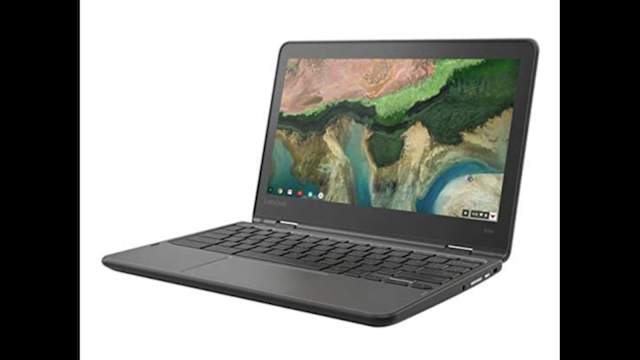ORLANDO, Fla. – Grocery stores have a secret sauce they use to get you to spend more money when you planned to spend less. Impulse buying and sticker shock at the checkout aisle are real things.
While you may only head to the grocery store with only a few items on your list, you can walk out with so much more, and it adds up to even more impulse buys during the holidays.
On average, an American family spends about $231 for holiday food and decorations alone and just over $630 for family gifts.
When you walk into your neighborhood grocery store, be ready. The sweet smell of temptation can hit like a tidal wave if you’re not prepared.
First, grocers greet you with huge sale items and lots of them. BOGO’s or deep discounts can lead to impulse buying that you weren’t planning on, and those deals make you think that you’re getting a big win and already saving money, which puts you in the mood to find more deals.
Strategically placed eye candy can also get you to load up your cart, and early. Colorful flowers, freshly baked bread or fresh produce are designed to activate the salivary glands and put customers in a good mood. The scents from these goodies will make customers hungrier than they were when they walked in causing them to spend more money.
Placing produce in the front can manipulate your mind into thinking that since you’re starting off shopping with healthy choices, it’s ok to justify buying junk food a little later on.
Also, be aware of strategically placed items. Brands will often pay extra money to be stocked at eye-level, because ‘eye-level is buy level’. Products that are placed at the end of aisle are the holy grail of marketing. These items often sell eight times faster than products inside the aisles.
Grocery stores even want you to feel good while checking out, which is why they place so many ‘reward’ items like chocolate, magazines, and other candies around the register. Helping you become a savvy shopper at the store.
One last tip, supermarket carts keep getting bigger and bigger. Carts are roughly 30 percent larger than just 30 years ago, allowing more room for more stuff.


